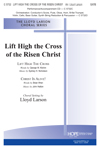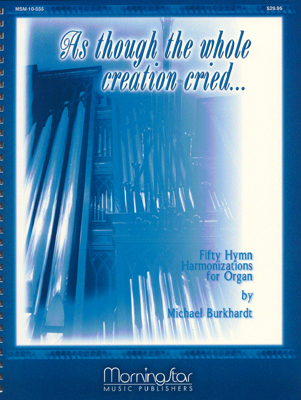- |
User Links
Lift High the Cross
Hymn Information
- First Line
- Come, Christians, follow where our Savior trod
- Author
- George W. Kitchin (1887)
- Revisor
- Michael R. Newbolt (1916, alt. )
- Tune Name
- CRUCIFER
- Composer
- Sydney H. Nicholson (1916)
- Composer (descant)
- Richard Proulx
- Topic
- Call to Discples · The Church · Church Year: Christ the King · The Cross · Jesus Christ: Confidence in · Jesus Christ: King · Jesus Christ: Lamb · Jesus Christ: Love · Jesus Christ: Son of God · Unity in Christ · Elements of Worship: Baptism
Copyright Information
- Text Copyright
- © 1974 Hope Publishing Company
- Tune Copyright
- © 1974 Hope Publishing Company · Desc. © 1974 Hope Publishing Company
- Reprint/Projection Information
- Words and Music: Permitted with a license from CCLI.com or from OneLicense.net. If you do not own one of these licenses, please contact the copyright holder for permission.
Full Text
Scripture References
Thematically related:
- Refrain =
- st. 1 = ·
- st. 2 =
- st. 3 =
- st. 4 =
- st. 5 =
- st. 6 = ·
- st. 7 = ·
Further Reflections on Scripture References
Perhaps similar to Constantine's vision of Christ's cross, this text makes clear that the cross is a symbol of Christ's love. As Stanley L. Osborne (PHH 395) states, "[The text's] images are biblical, its moods expectant, its promises courageous, and its demands costly" (If Such Holy Song, 321). "Lift High the Cross" reveals many implications of Christ's cross: Christ rallies his people behind him (st. 1-2); Christ gathers his people from throughout the world
(st. 3-5); Christ gives healing to the despair of the world (st. 6); Christ's victory enjoins our praise to him (st. 7).
Psalter Hymnal Handbook
Confessions and Statements of Faith References
Further Reflections on Confessions and Statements of Faith References
Heidelberg Catechism, Lord’s Day 21, Question and Answer 54 confesses that the ascended Jesus Christ is now “head of his church, the one through whom the Father rules all things” and “through his Word and Spirit, out of the entire human race, gathers…a community chosen for eternal life...”
Lift High the Cross
Words of Praise
Lift High the Cross
Tune Information
- Name
- CRUCIFER
- Key
- C Major
- Meter
- 10.10 refrain 10.10
Recordings
- Neland Avenue Christian Reformed Church - Grand Rapids, MI
- Lift High The Cross
- LaGrave Ave CRC -Grand Rapids, MI
- Woodlawn Ave CRC - Grand Rapids, MI
- Woodlawn Ave CRC - Grand Rapids, MI
- LaGrave Avenue CRC - Grand Rapids, MI
- LaGrave Ave CRC - Grand Rapids, MI
- Neland Ave CRC - Grand Rapids, MI
- Neland Ave CRC - Grand Rapids, MI
- Woodlawn Ave CRC - Grand Rapids, MI


 My Starred Hymns
My Starred Hymns






